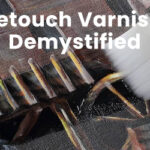Impasto Painting: Exploring the Masters’ Techniques
Which Masters Used Impasto and How You Can Too
Impasto painting is a technique used in painting where paint is laid on thickly to give a painting texture and an almost 3D effect. It can be accomplished with paints such as acrylic, oil, or gouache as well as painting knives and of course the right mediums.
Creating a painting involves layering paint with a thick textured application to give the canvas a three dimensional look. Artists have been using this method for years to enhance their paintings with depth, dimension and visual appeal.
Early in painting, it was thought that the image being captured was more important than the medium it was painted with. Attention was drawn to the subject instead of the paint and canvas itself
Typically done with palette knives than brushes, for impasto painting because it gives me better control when applying thick paint. Palette knives come in shapes and sizes giving artists the ability to produce a variety of textures and effects.
The first notable artist to start painting with the Impasto technique was Rembrandt.
In one of his self portraits from 1659. Thicker brush strokes are clearly visible across his face to give himself a weathered look.
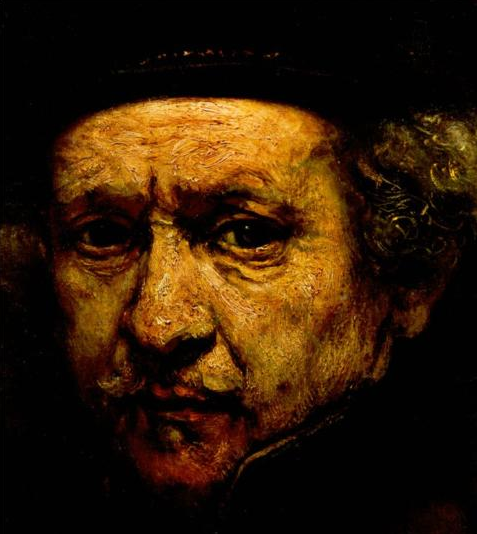
Claude Monet also used Impasto. He would add layer on layer of paint to add depth and give his paintings a “relief” effect to his paintings.
Impasto techniques became even more popular during the expressionist movement during the late 1800s where paint was quickly added to the canvas and the medium and thick brush strokes used more paint than needed.
Vincent Van Gogh was notable for painting with thick brush strokes and instead of layering paint, he would even squeeze his paint directly from the tube to the canvas.
Vincent van Gogh and Rembrandt are among the artists known for using impasto techniques in their art.
Van Goghs iconic paintings, like “Starry Night” showcase his thick brushstrokes while Rembrandt employed impasto to add depth and drama to his portraits and historical artworks.
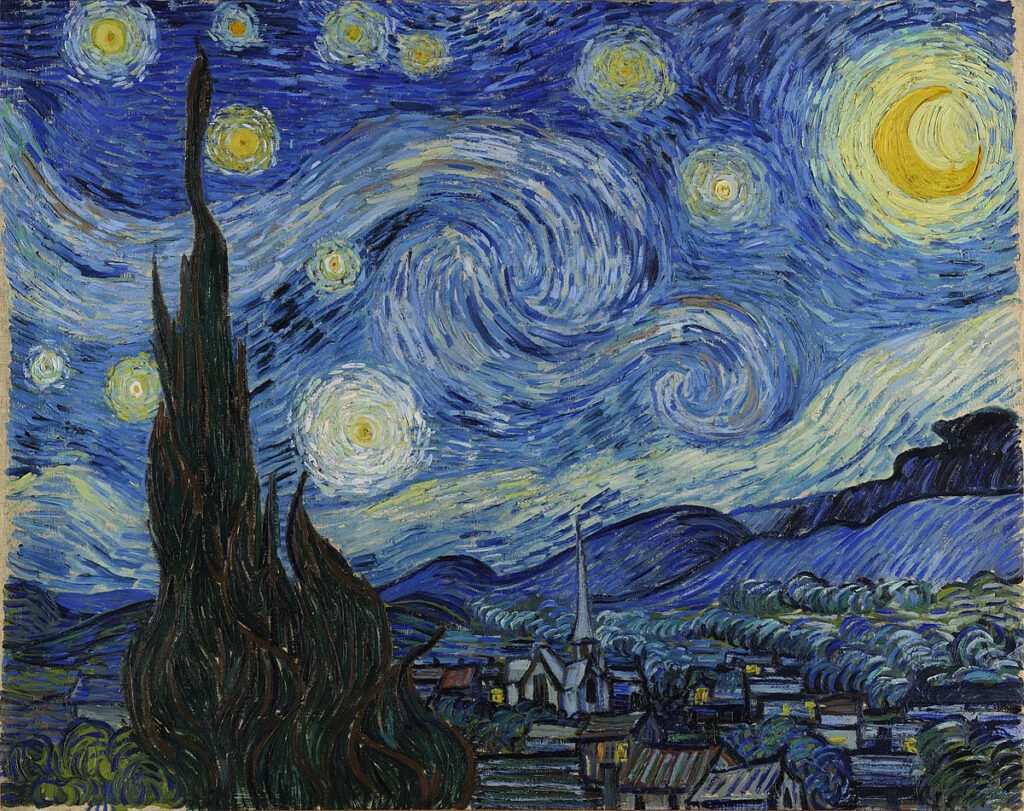
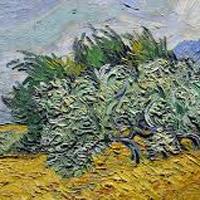
And followed up in the 1900s, Jackson Pollock used impasto in his abstract art using thick drips, smears and quick swipes with his brush. Some of his paint drips were so thick and heavy, that Museums and collectors are having problems preserving his work.
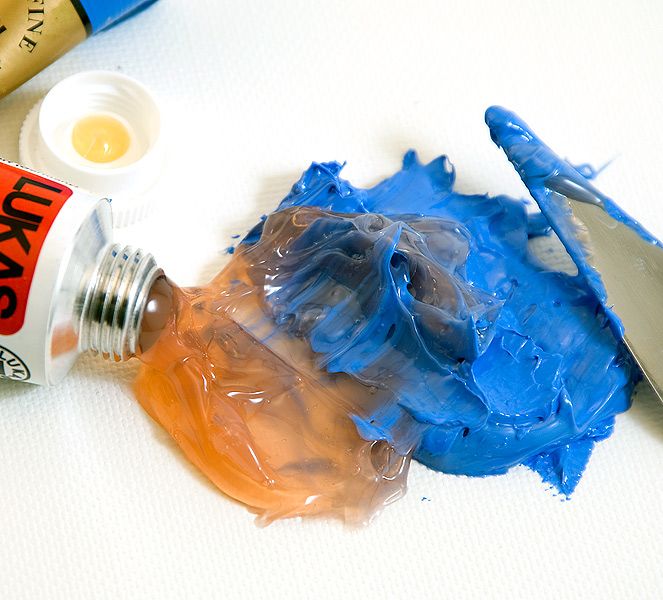
Preserving Impasto can be a challenge and preserving it quickly can be even more of a challenge. However, with Lukas Painting Impasto 200ml Gel Medium, artists can paint in heavy impasto oil techniques without wasting valuable pigment! Layers will dry without shrinking, cracking or wrinkling!
It is an Oil Painting Medium used to mix with oil paints for impasto techniques
To thin oils and mediums while maintaining the integrity of your color you can use StudioSolv™ Odorless Mineral Spirits by Tusc & Pine.
It is a Purified Odor-Free Professional Grade Solvent For Thinning Oils
Jerry’s Artarama has the right tools you need to preserve your Impasto Paintings so that you can continue to create masterpieces just like these Impasto masters!





